Your cart is currently empty!
Comparing Machine-made and Handmade Area Rugs: A Guide to Quality and Craftsmanship

Area rugs play a crucial role in defining the aesthetic and comfort of a space, offering both functional benefits and decorative appeal. When selecting a rug, one of the primary decisions consumers encounter is the choice between machine-made and handmade options. Machine-made rugs are typically produced in large quantities using automated looms, making them more readily available and affordable. These rugs come in an array of designs and are celebrated for their consistent quality and easy maintenance.
On the other side of the spectrum are handmade rugs, which are crafted using traditional techniques that have been passed down through generations. Artisans meticulously create these rugs knot by knot, resulting in unique pieces that often reflect the cultural heritage and personal touch of the maker. Although they generally come with a higher price tag, handmade rugs are prized for their craftsmanship, longevity, and the value they can add to a home as a functional work of art.
Key Takeaways
- Area rugs significantly influence home decor and comfort.
- Machine-made rugs offer consistency and ease of care.
- Handmade rugs provide unique artistry and potential value appreciation.
History and Evolution
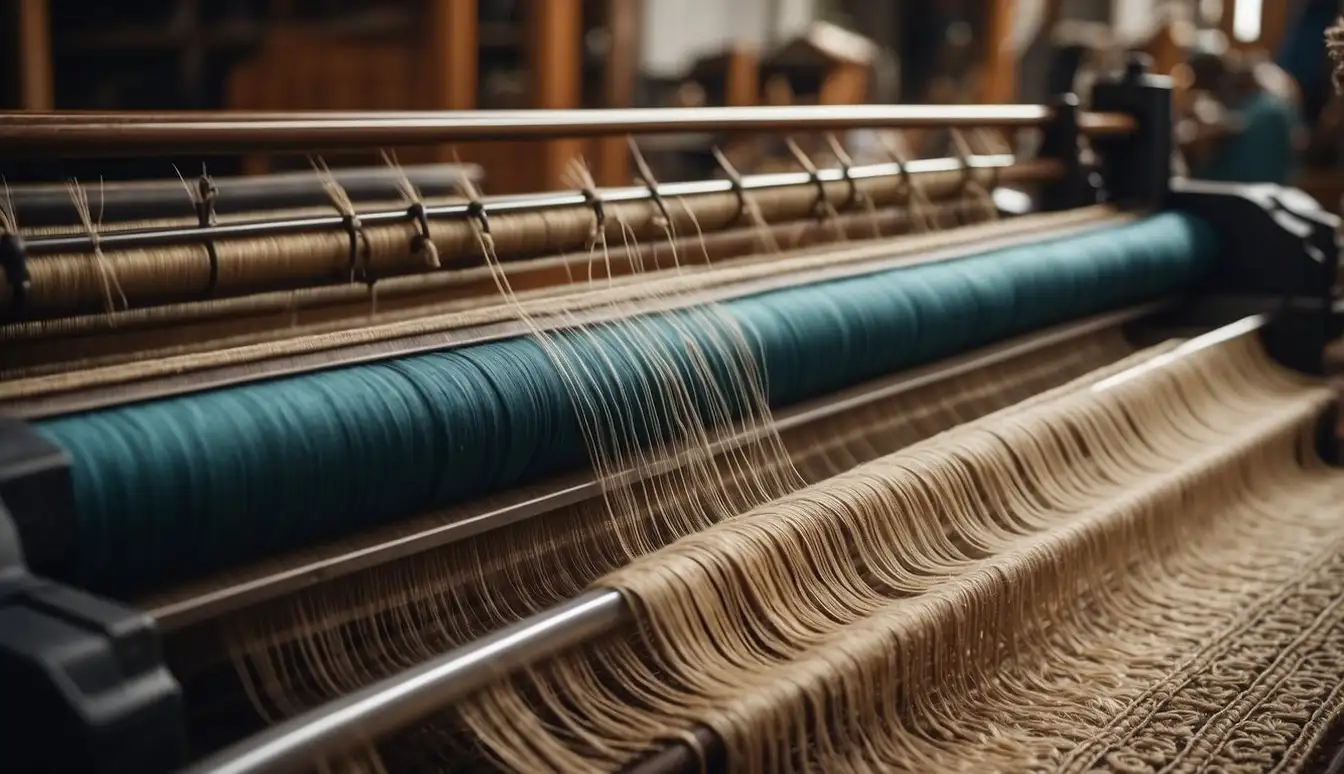
In this section, we’ll explore how the art of making rugs has been influenced by both tradition and technological advancement. My focus will be on the enduring significance of handmade rugs and how machine-made rugs have carved out their own place in history.
Significance of Handmade Rugs
Handmade rugs have always been more than mere floor coverings; they are a testament to cultural heritage and artisanal skills. For centuries, I’ve seen artisans weaving intricate designs using traditional techniques passed down through generations. These rugs are imbued with cultural significance and often signify milestones or social status. Throughout history, handmade rugs have been cherished for their uniqueness and storytelling patterns.
Origins of Machine-Made Rugs
The industrial revolution marked a significant shift in rug-making with the introduction of machine-made rugs. While the first machine-made rugs emerged in the 19th century, they became much more prevalent in the 20th century, providing affordable alternatives to handmade pieces. I’ve noticed how advances in technology allowed for the efficient production of rugs which mimic the patterns of traditional designs but lack the unique touch of individual creation. Machine-made rugs have been revolutionizing the industry by offering durability and variety at a more accessible price point.
Materials and Construction
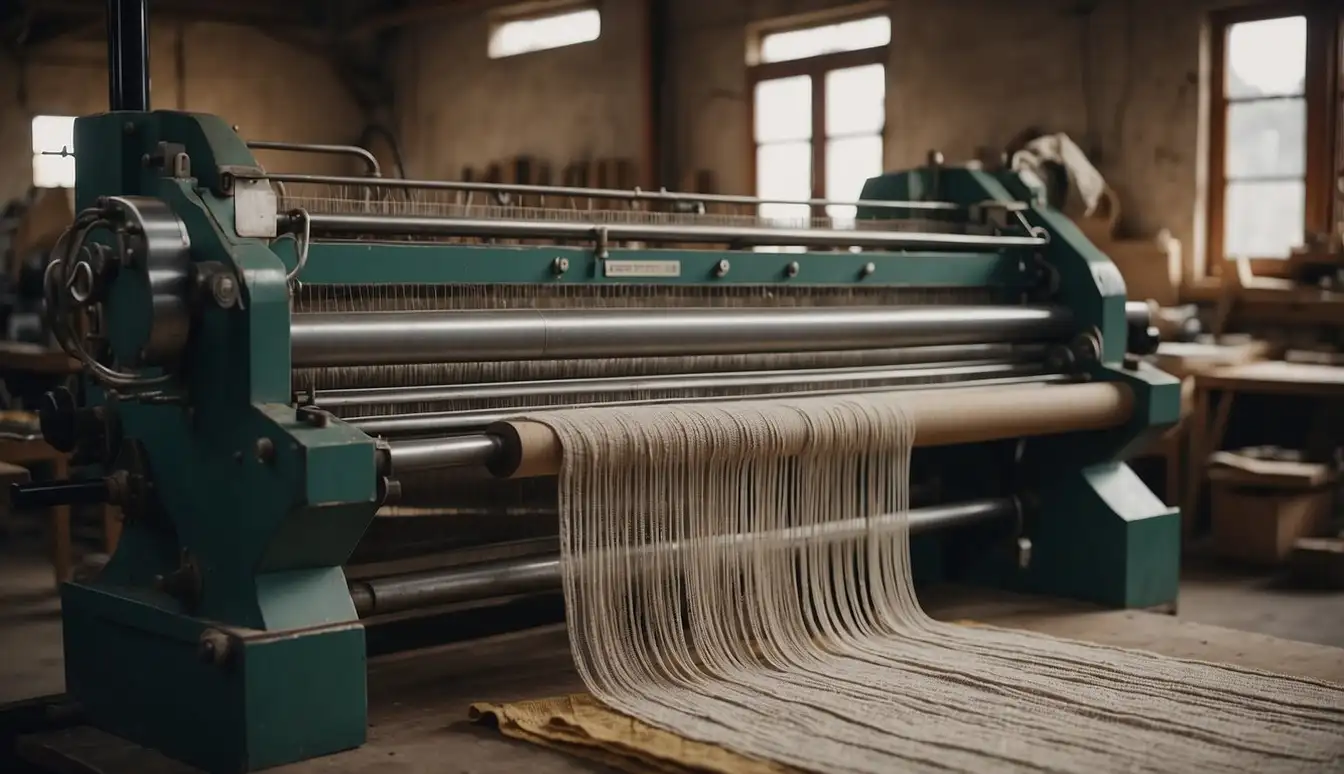
When I delve into the world of area rugs, I take special note of the materials and construction. These two aspects remarkably influence the rug’s aesthetic, durability, and feel underfoot.
Natural vs Synthetic Materials
Natural Fibers: Most often, I find that handmade rugs are crafted from natural fibers like wool, cotton, or silk. These materials not only give rugs a stunning and rich texture but also contribute to their durability and eco-friendliness. Wool, for instance, is resilient and has a natural resistance to stains, making it a long-lasting option for area rugs.
Synthetic Materials: In contrast, machine-made rugs generally utilize synthetic materials such as polyester and nylon. These materials are prized for their ability to mimic the look of natural fibers at a lower cost. Additionally, synthetic rugs are generally easier to clean and more resistant to fading, which makes them suitable for areas with high sunlight exposure or heavy foot traffic.
Weaving and Knotting Techniques
Knotting Techniques: The knots in handmade rugs are tied by skilled artisans, a deliberate and time-intensive process that results in refined craftsmanship and unique designs. Each knot contributes to the rug’s overall integrity and aesthetic. The density of knots per square inch can greatly vary, often indicating the rug’s quality and detail.
Weaving Techniques: Machine-made rugs, on the other hand, are produced on automated looms where the design is programmed and executed with speed and uniformity. As a result, the production is faster and the cost is typically lower, although this often means there’s a trade-off in terms of the uniqueness and potential heirloom quality that come with artisanal knotting techniques.
Design and Aesthetic
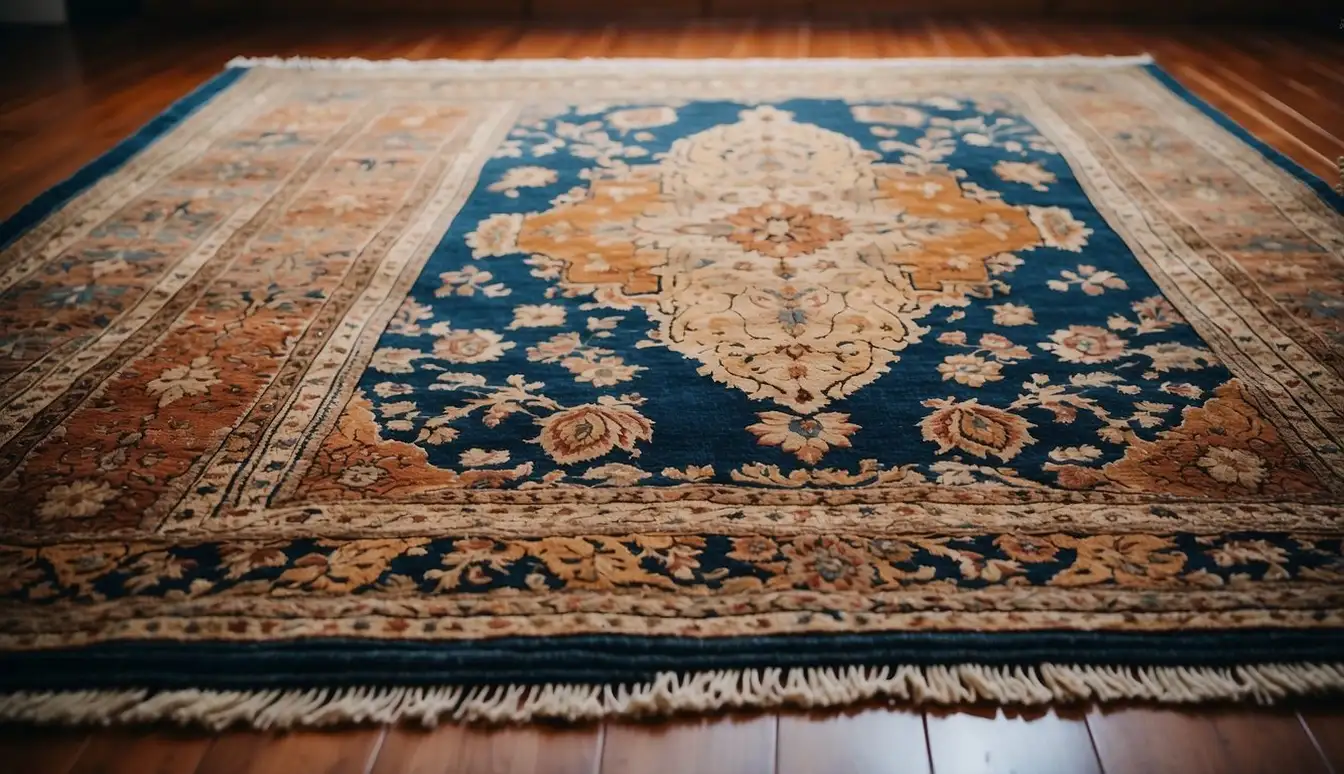
In examining machine-made and handmade area rugs, I find that their design and aesthetic qualities are quite distinct. I’ll be sharing insights on how color and patterns, as well as texture and uniqueness, contribute to their overall appeal.
Color and Patterns
When I look at handmade rugs, the colors and patterns often tell a story or carry a cultural significance. These rugs typically showcase an artisan’s personal touch and creativity, injecting a unique essence into each piece. What’s special here is the depth of color achieved through traditional dyeing methods, which allows for vivid and rich hues.
In contrast, machine-made rugs offer patterns that are precise and uniform. Their color consistency is high, and the designs can be replicated perfectly across multiple rugs. Here’s a quick rundown:
- Handmade rugs: Variable color shades, potentially unique patterns
- Machine-made rugs: Consistent color shades, identical patterns
Texture and Uniqueness
Moving on to texture, let me touch on the handfeel and the intricate details that are tangible in these rugs. The texture of handmade rugs is often more varied due to the hand-weaving process. Each weave or knot can contribute to a sense of depth and tactile diversity. It is this variation that enhances the uniqueness and aesthetic appeal of each rug.
Machine-made rugs, while they can mimic textures, usually have a smoother, more homogenous feel. The industrial process ensures identical textural patterns across products. Here’s what stands out:
- Handmade rugs: Each presents a unique texture, reflective of artisanal craftsmanship
- Machine-made rugs: Standardized texture, with a uniform feel across all pieces
My personal exploration of rugs has shown me that design and aesthetic considerations are deeply rooted in the creation process, whether by hand or machine.
Durability and Maintenance
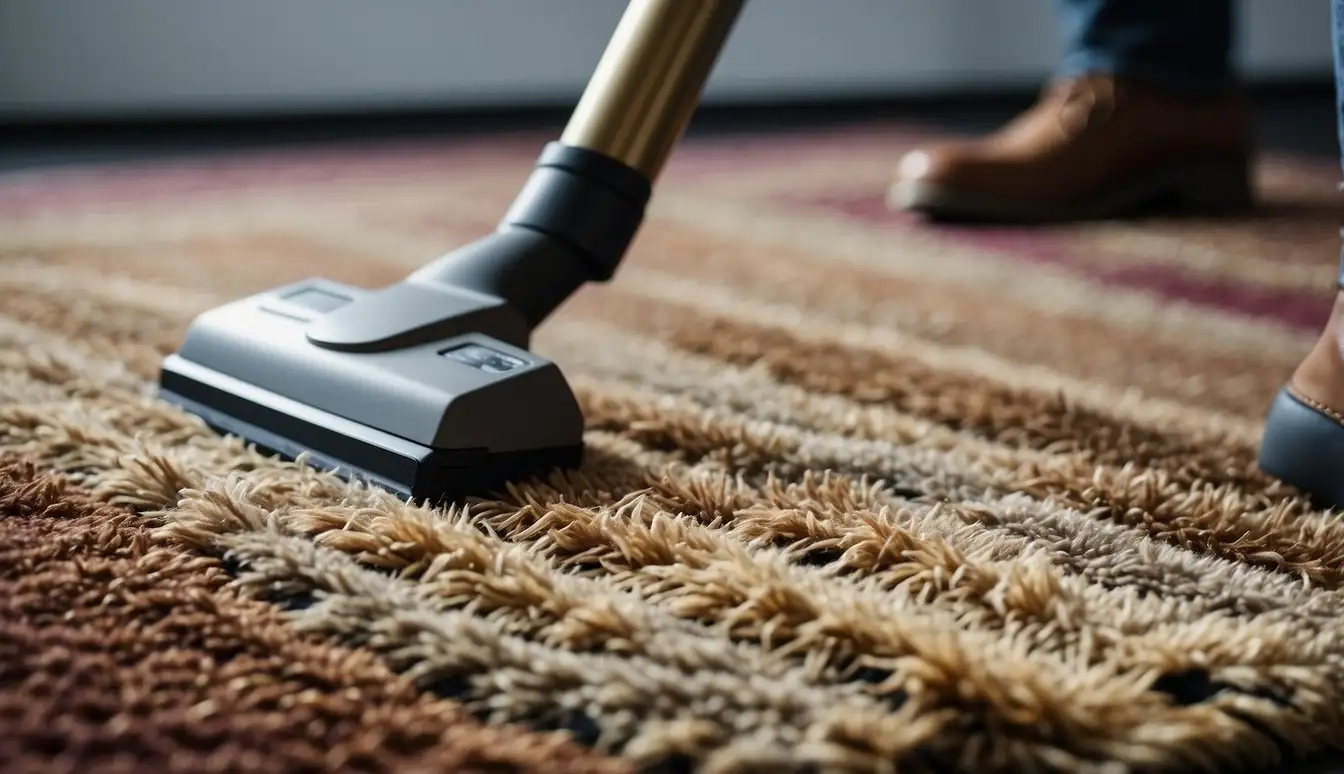
When I compare handmade and machine-made area rugs, I like to focus on their durability and maintenance, which are key factors in their long-term value and usability.
Care Instructions
For handmade rugs, especially those made with natural fibers like wool, cotton, or silk, care should be gentle. Vacuuming without a beater bar and spot-cleaning with water and a mild detergent are usually my go-to methods. Regular rotating can also reduce the wear in high-traffic areas. Professional cleaning every few years helps preserve their beauty and integrity.
In contrast, machine-made rugs often welcome a more robust approach to cleaning due to their synthetic materials. They can typically withstand regular vacuuming with a beater bar and can sometimes handle steam cleaning, making them a convenient choice for areas that may see spills and stains.
Lifespan and Sustainability
The lifespan of a handmade rug is something that always impresses me. With proper care, these rugs can last for decades, and due to this durability, they’re often seen as more sustainable. Their quality comes from the traditional techniques and natural materials artisans use, which can last through generations.
Machine-made rugs have a shorter lifespan, likely to last only a few years in high-traffic areas before they start to show wear and tear. However, technological advancements are improving their quality and durability. As for their sustainability, while synthetic fibers are not as eco-friendly as natural ones, there are increasingly more recycled materials being used in their production.
Price and Value
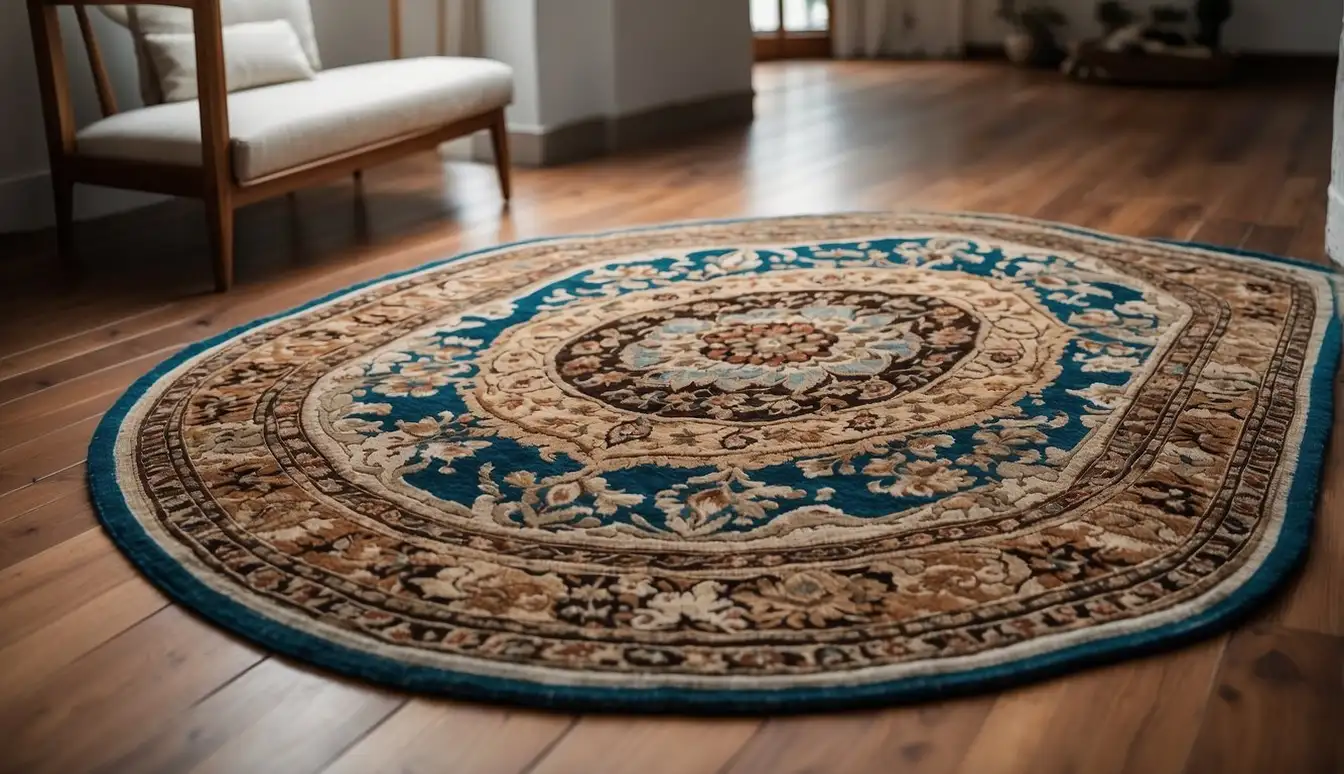
When we talk about area rugs, I find that two key financial aspects stand out—potential for investment and what fits within a budget. Let’s explore these aspects more closely to better understand how they apply to handmade and machine-made rugs.
Investment Potential
Handmade rugs are often viewed as collectibles with the capacity to increase in value over time. This notion stems from their uniqueness, craftsmanship, and sometimes historical significance. It’s fascinating to note that some exceptional handmade rugs have been known to fetch millions at auction. What I find intriguing is that the value of a handmade rug doesn’t solely rest on the material but also on the artisan’s skill, design complexity, and the hours they dedicate to weaving it.
Affordability and Budgeting
Machine-made rugs, on the other hand, stand out for their cost-effectiveness. They’re more affordable due to the efficiency of automated production. For individuals working with a stricter budget, these rugs offer a practical solution without forgoing style. They are priced at a more accessible point, allowing for easy incorporation into home decor without straining finances. It’s worth noting that while they might not share the same investment allure as handmade rugs, they do provide immediate value in terms of function and decorative appeal.
Environmental Impact
In this section, I’ll explore how the production of area rugs affects our environment, focusing on the materials and life cycle of the rugs and the practices that can enhance their sustainability.
Materials and Life Cycle
I find it essential to note that the materials used in rug making greatly influence their environmental impact. Handmade rugs typically use natural materials like wool, cotton, or silk, which are renewable and biodegradable. The life cycle of these rugs is often longer; they don’t need to be replaced as frequently, meaning less waste is produced. On the flip side, machine-made rugs commonly incorporate synthetic materials such as nylon or polyester, which are derived from fossil fuels and are not biodegradable, making their environmental toll more significant over time.
Eco-Friendly Practices
When discussing the impact on the environment, I believe it is important to look at the manufacturing practices. I’ve learned that handmade rug makers often employ eco-friendly practices, such as using natural dyes and reducing energy consumption by hand-looming. These practices contribute positively to sustainability by minimizing pollution and conserving resources. Machine-made rug production, however, tends to be energy-intensive and relies heavily on automated processes that can lead to a higher environmental footprint.
Selection and Buying Guide
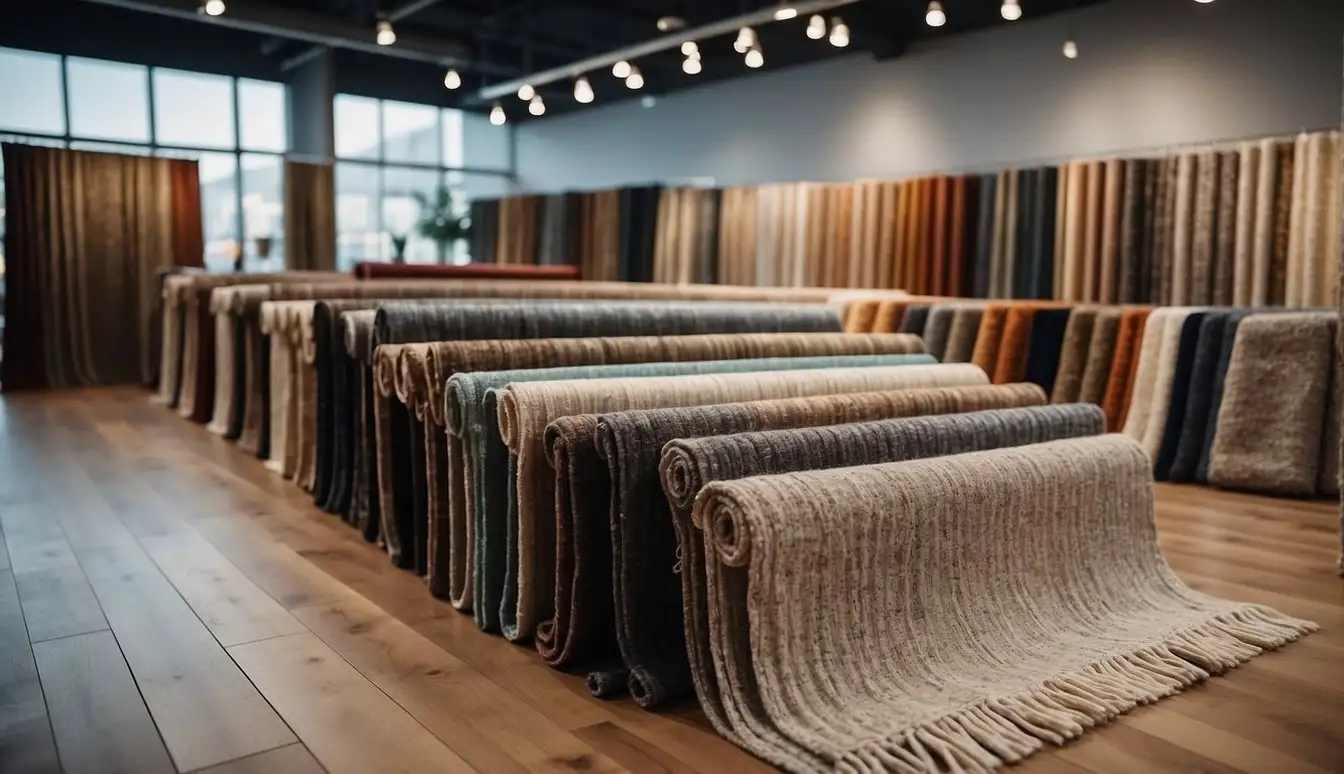
When selecting the perfect rug for my home, I consider both aesthetics and practicality to ensure the best fit for my space and lifestyle. It’s about balancing charm with function, and understanding which type of rug – handmade or machine-made – caters to my needs.
Choosing the Right Rug for Your Space
I begin by assessing the area where the rug will be placed. The size, color, and pattern have to complement the existing home décor and furniture. For instance, I use a tape measure to find the ideal size that fits well within the furniture layout. Here’s a simple list I follow:
- Large area: A sizeable rug that extends beyond the furniture can define a living space.
- Dining area: A rug that extends at least 24 inches beyond the table allows chairs to remain on the rug when pulled out.
- Bedroom: A rug that extends around the bed creates a warm landing for feet.
Additionally, I factor in the level of foot traffic and activities in the space. A durable, easy-to-clean machine-made rug may be more appropriate for high-traffic areas, while a plush, luxurious handmade rug might be better suited for a quiet bedroom.
Understanding Rug Labels
I closely look at rug labels to understand their origin and composition. Typically, a label will indicate whether a rug is handmade or machine-made. I pay attention to the materials listed; handmade rugs often feature natural fibers such as wool or silk, which I prefer for their durability and eco-friendliness. In contrast, machine-made rugs might use synthetic materials that offer easier maintenance and are usually less expensive.
To ensure authenticity and quality, labels can also offer insight into the rug’s knot count or construction methods. Higher knot counts are a sign of fine craftsmanship, often seen in handmade rugs, which can influence their price and longevity.
By thoroughly inspecting the label and aligning it with my personal preferences and the intended use, I’m able to make an informed decision when purchasing a rug.
Advantages of Handmade Rugs
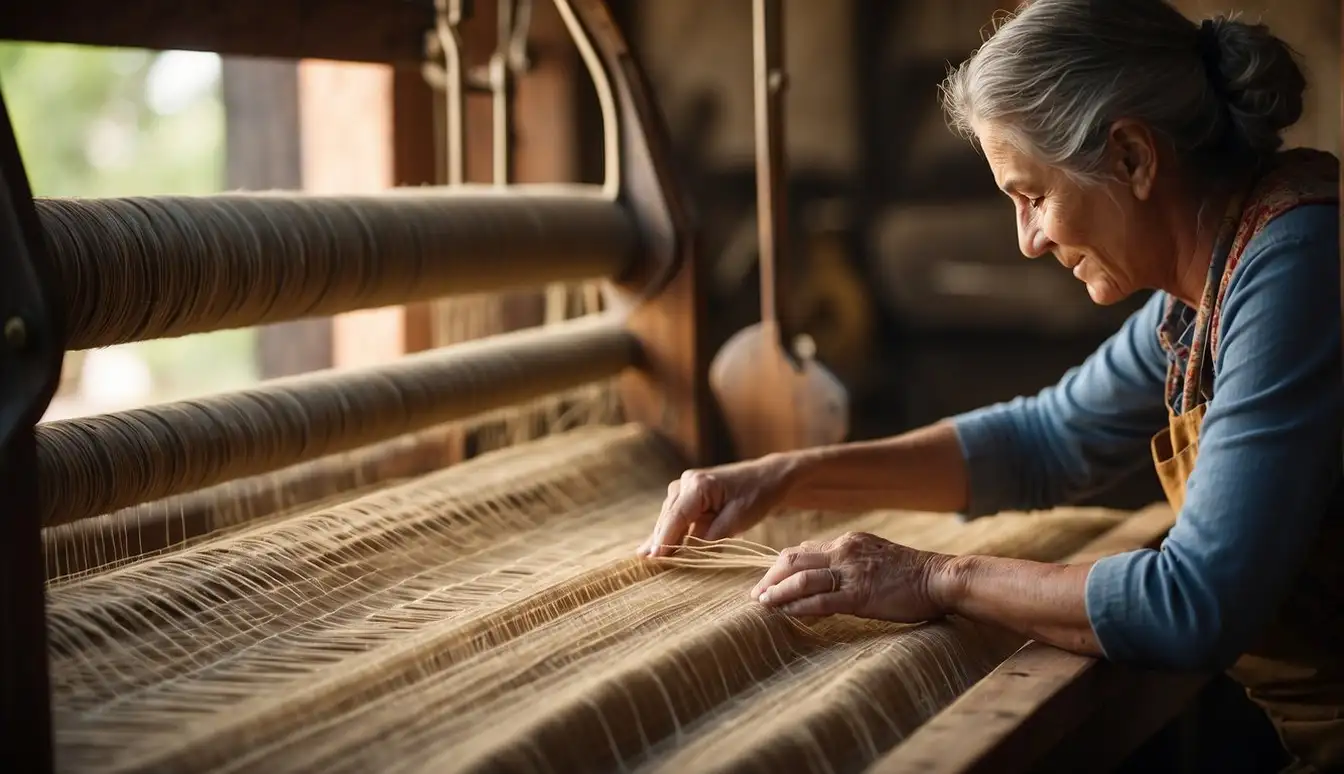
When considering area rugs for my home, I’m drawn to the array of benefits that handmade rugs provide. They’re not just floor coverings, but pieces of art that carry the essence of tradition and quality craftsmanship.
Quality and Handcrafted Appeal
I’ve always admired the superior quality found in handmade rugs. The craftsmen pour their passion and precision into each piece, using time-honored techniques. The materials are often natural and chosen for durability, from plush wools to delicate silks, adding to the rug’s longevity. Every handcrafted rug becomes a unique piece due to the individual attention it receives during the creation process. As a result, handmade rugs boast intricate designs and a level of detail that no machine could replicate, granting them a charm and handcrafted appeal that stands out in any room.
Supporting Artisan Communities
By choosing a handmade rug, I’m directly supporting skilled artisans and their communities. The production of these rugs sustains traditional craftsmanship and contributes to the livelihood of the individuals dedicated to this art form. The choice signifies a move away from mass-produced goods, ensuring that these age-old techniques continue to thrive and that the stories woven into the rugs’ patterns are preserved and passed on. This cultural heritage rooted in handcrafting is invaluable, and by bringing a handmade rug into my home, I play a part in keeping this rich tradition alive.
Benefits of Machine-Made Rugs
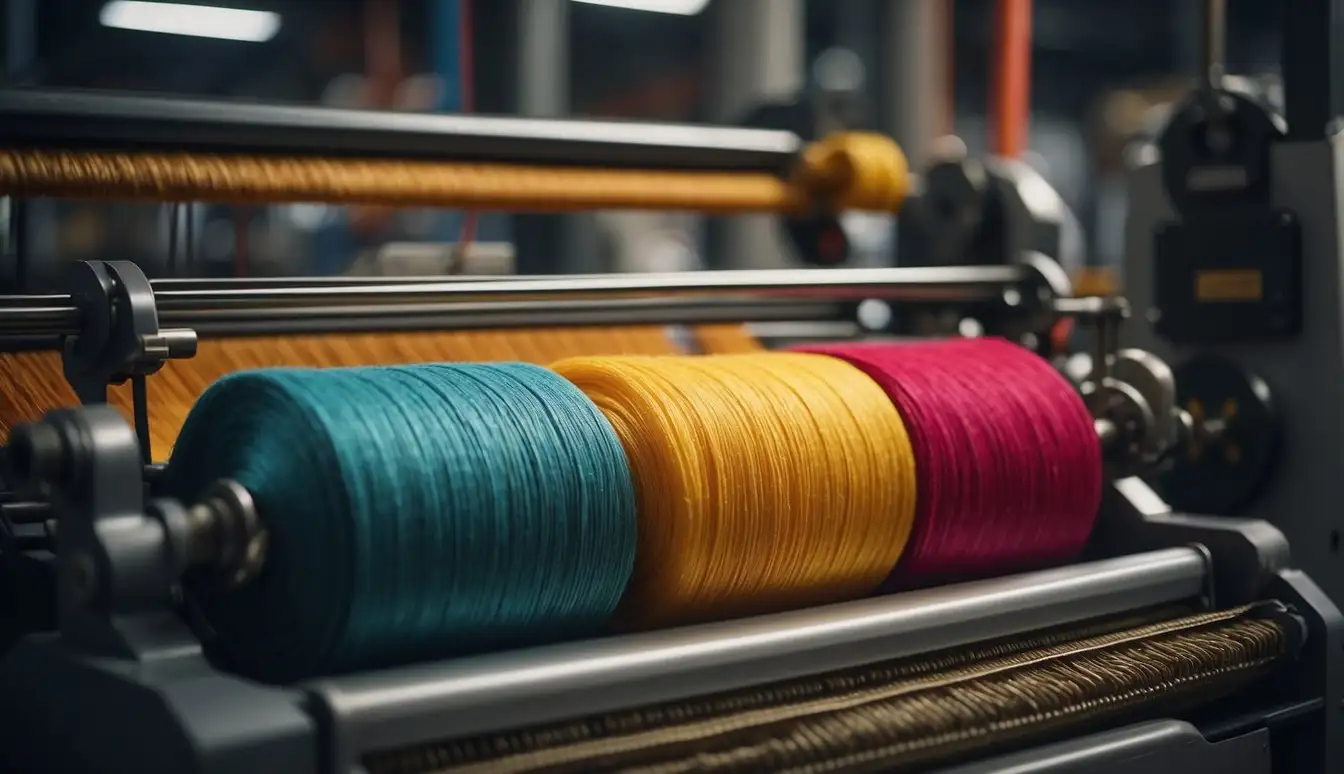
Machine-made rugs have distinct advantages that appeal to a variety of interiors, offering consistency and precision as well as a range of designs and sizes to suit different tastes and spaces.
Consistency and Precision
I appreciate the uniformity machine-made rugs offer. Thanks to the advanced technology utilized in their production, each rug is consistent in design, color, and size. These rugs are mass-produced, but that doesn’t diminish their precise patterns and well-defined contours. It’s reassuring to know that what I see in a catalog or online is exactly what I get without variations.
Versatility in Design and Size
When it comes to versatility, I find that machine-made rugs don’t disappoint. They come in an impressive array of colors and designs, updated frequently to reflect the latest trends. My customers are frequently pleased with the variety of sizes available, making it easy to find a rug that perfectly fits their room’s dimensions. The range spans from small accent pieces to expansive area rugs that ground furniture setups.
Frequently Asked Questions
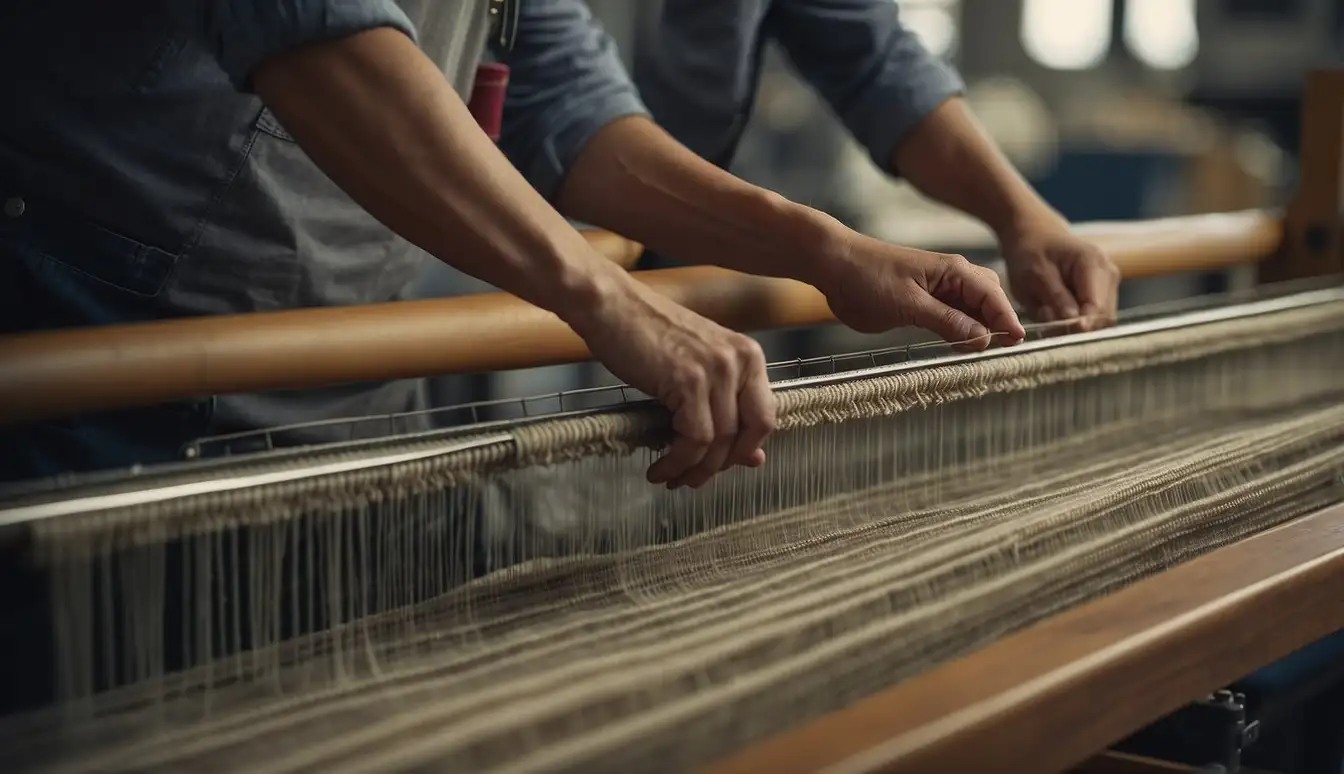
I’ve gathered some commonly asked questions to help you choose between handmade and machine-made area rugs. Here’s what you need to know based on specific characteristics, quality, durability, cost, and manufacturing processes.
What characteristics distinguish hand-knotted Persian rugs from their machine-made counterparts?
Hand-knotted Persian rugs typically feature variable knot size and a unique design for each rug, owing to the individual craftsmanship. In contrast, machine-made rugs display uniform knots and patterns, which are easily replicable.
How can one determine the quality of a Persian rug, whether it’s handmade or machine-made?
The quality of a Persian rug can be assessed by examining its knot count, the clarity of the design, and the quality of the materials used. Handmade rugs usually have finer details due to the high knot count, while machine-made rugs might use synthetic materials that affect the overall quality and feel.
In terms of durability, how do handmade rugs compare with machine-made ones?
Handmade rugs, especially those made with natural fibers like wool, are known for their durability and can last for decades or even centuries with proper care. Machine-made rugs may have a shorter lifespan due to the materials and manufacturing techniques used.
What are the cost implications of choosing either a handmade or a machine-made area rug?
Choosing a handmade rug often means a higher initial investment because of the labor-intensive process and the quality of materials. Machine-made rugs are usually more affordable due to their mass production and sometimes cheaper materials.
Can machine-made rugs offer the same level of quality and detail as handmade rugs?
Machine-made rugs can offer a decent level of quality and detail, especially for those produced with advanced technology. However, they typically do not match the exquisite detail and artisanship of handmade rugs.
What are the key differences in the manufacturing process of hand-tufted versus machine-tufted rugs?
Hand-tufted rugs are created by manually inserting yarns into a canvas, while machine-tufted rugs use automated tools to punch yarns through a backing. The hand-tufting process allows for more intricate design work compared to the more uniform and faster production of machine-tufting.
